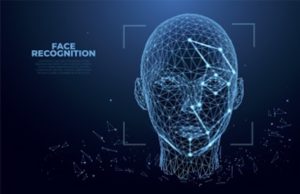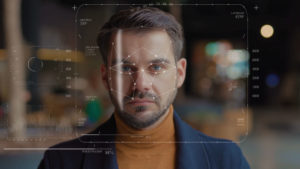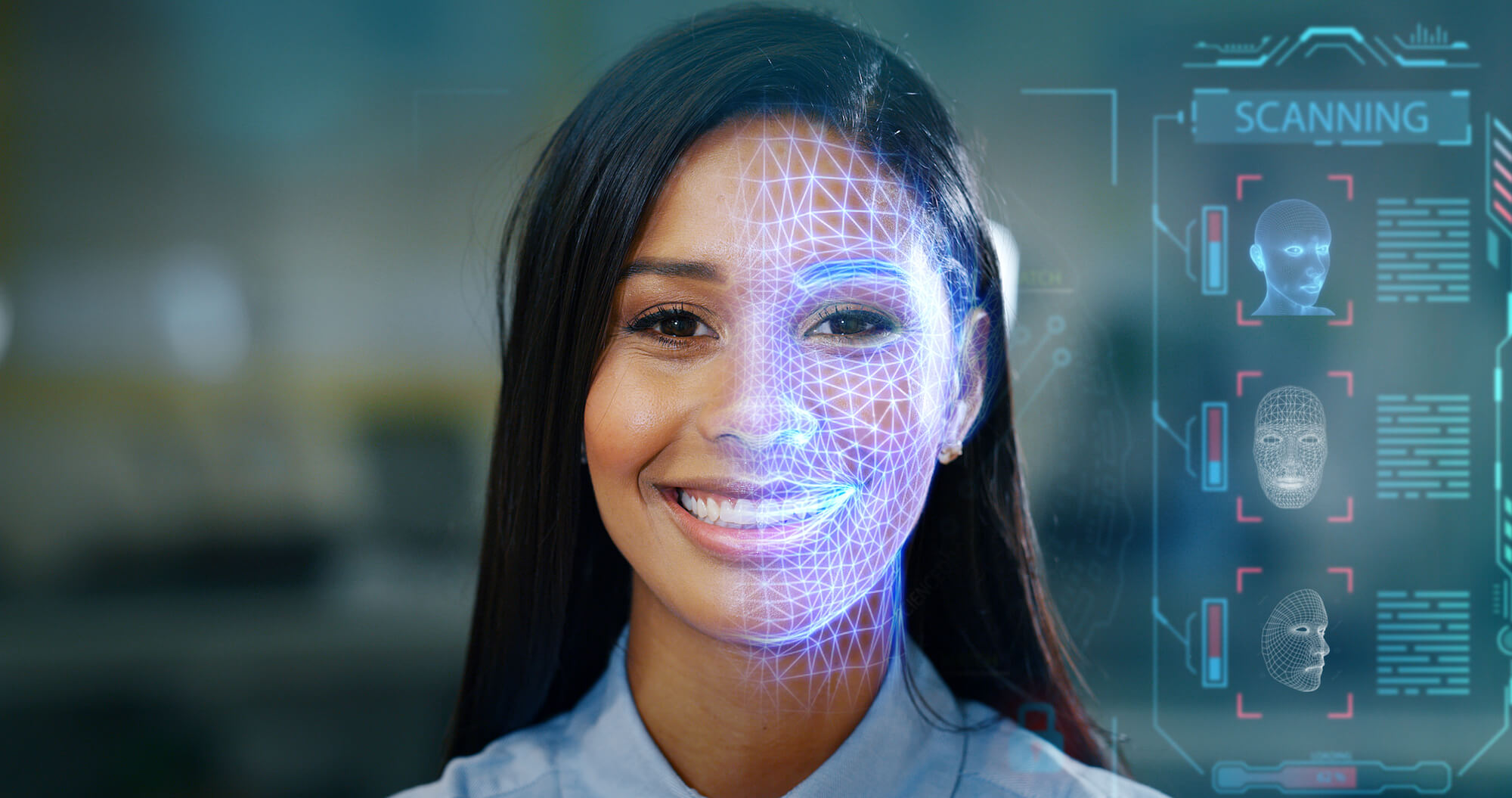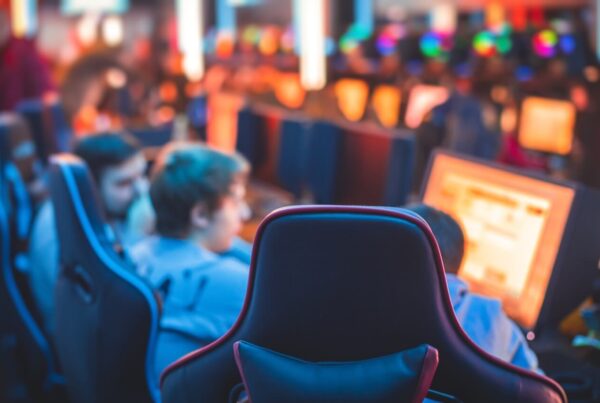What once seemed like a far-fetched technology of science fiction tales, face recognition is now a reality—and it’s quickly evolving. In fact, it’s estimated that by 2025, the global face recognition market will grow to $8.5 billion.
But what exactly is face recognition, how is it currently used, and what are other options?
Face Detection, Recognition and Analysis
Before we get into use cases or Face AI alternatives to face recognition, let’s first explore the differences in types of Face AI technology.
- Face detection: In order to use any technology to infer information about a person’s face, we need to first determine that a human face is present. This is a yes or no response. Once it has been confirmed that the subject in question is a human face, there are 2 completely separate paths Face AI can go.
- Face recognition: Comparing the confirmed human face to a database of actual photos of people, face recognition can identify the individual in the image or video.
- Face analysis: This technology leverages details about the face, like skin tone, eye color, size and placement, hair color, and facial expressions to determine information such as emotion, engagement, vitals measurement, demographics information, age and gender without identifying the subject.
Examples of Facial Recognition: Real-Life Use Cases
Many people use face recognition in their daily lives without putting much thought into it. Here are a few applications that use face recognition technology that you may use daily or have used at least once before.
 Face Unlocking Your Phone or Computer
Face Unlocking Your Phone or Computer
The first prominent face recognition technology built into smartphones was Apple’s Face ID for the iPhone. Face recognition is now more widely used in other popular smartphones too, such as Samsung’s Galaxy series. Microsoft also has face recognition built into its Windows Hello feature for Windows 10 and 11. This handy feature allows the user to unlock their own personal smartphone, tablet, or PC by having the camera scan their face and identify that the subject is the owner.
Mobile Banking and other App Logins
Instead of just unlocking phones, you can also set up your mobile banking and other password protected apps to use face recognition technology to gain access to your accounts. This adds an extra level of security over simply using a password. This is leveraging the technology to replace a less secure way to properly identify that the user is who they claim to be.
Your Face as Boarding Pass
If you frequently fly, you may have taken advantage of expedited baggage checks, security scans, and boarding with airline face recognition technology. Many airlines now allow passengers to use face recognition to make their whole boarding experience more efficient. This option is replacing the current antiquated forms of identification, like a driver’s license, and a printed or digital pass that has a name that matches the license.
Using Face Analysis
For many Face AI applications, face recognition isn’t the right option. If your application does not require that the subject(s) be identified, you can avoid a lot of unnecessary cost and privacy issues by not using face recognition technology when what you actually need is facial analysis. This alternative will provide a plethora of information about subject(s), without ever uniquely identifying a person.
identified, you can avoid a lot of unnecessary cost and privacy issues by not using face recognition technology when what you actually need is facial analysis. This alternative will provide a plethora of information about subject(s), without ever uniquely identifying a person.
The following are just a few of the many possible use cases for face analysis:
- Telemedicine: In recent years, many patients have begun having appointments with their physicians via video conference calls. What you may not know is that doctors can now use face analysis during remote appointments to gauge patients’ health. They can even use it to monitor patients’ vitals during the call.
- Automotive: Face analysis in automotive applications can be particularly useful. The ability to monitor a driver’s engagement, signs of distraction, and level of fatigue can allow AI to make adjustments to improve driver performance.
- Smart homes: With face analysis, smart home devices can become even more powerful. For example, smart TVs with face analysis may be able to determine when it is a child watching rather than an adult and automatically switch on parental controls to block inappropriate content.
FaceTrace.ai Can Help Push Face Analysis to New Heights
If you have determined that your application doesn’t require you to uniquely identify your subject(s), you should consider AlgoFace’s FaceTrace, a highly accurate face tracking and ethical face analysis engine. The FaceTrace.ai SDK is a tool created for developers who want to incorporate accurate face analysis into their product, and understand that building it themselves is not cost effective or as accurate as FaceTrace.ai.
FaceTrace.ai leverages its industry leading 209 facial landmarks to provide accurate face analysis. This is approximately three times the industry average for facial landmarks. This means that with FaceTrace.ai, you’ll be able to get much more accurate eye gaze tracking, better head position estimation, and superior facial expression mapping.
To request your trial of the AlgoFace FaceTrace.ai SDK, contact us today.




